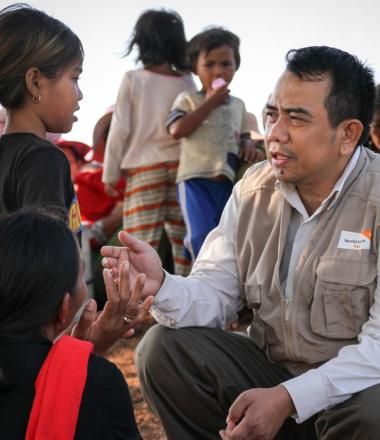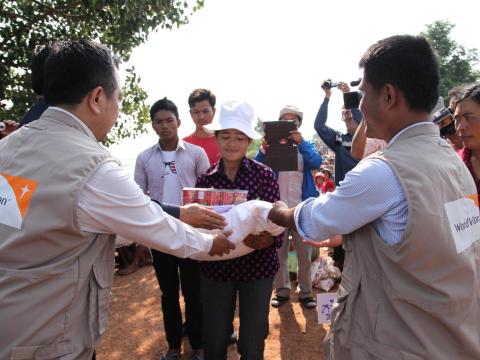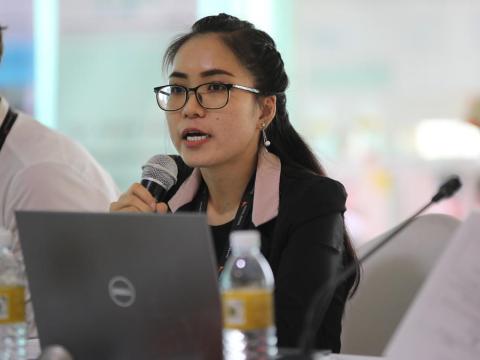
We are the first to respond
World Vision teams have witnessed trends through decades of experience of more severe and complex weather patterns including floods, droughts and storms that increase the vulnerability of children and weaken the resilience of their families to cope and recover.
The Mekong lowlands, the eastern region of Cambodia was identified as the most vulnerable area to climate change. Three core approaches have been implemented to ensure World Vision’s disaster management capability is able to adapt to more frequent and longer-term disasters happening simultaneously with greater intensity, magnitude, severity and scale.
When people are in need, we’re here to help
Our Approach

Risk Reduction
Integrated approaches to Disaster Risk Reduction
Since 2017, project portfolio designs have been standardised to provide an unprecedented opportunity to integrate disaster risk reduction into planning processes and the assessment and design of all new projects. We will continue to analyse mainstream proven methods of integration and their impact on risk reduction and preparedness.

Respond to Emergencies
Strengthened Disaster Management Function
We will manage organizational surge capacity ensuring that the national team has the ability to rapidly mobilize to meet increased demand in the large-scale disasters and emergency response.

Partnerships for Effectiveness
Partnerships for Response Effectiveness
World Vision will deepen existing partnerships with peer, INGO and UN agencies to strengthen preparedness and enable more coordinated and effective emergency responses. This will involve continued leadership from World Vision to coordinate network groups and engagement in the Joint Action Group for Disaster Risk Reduction and Humanitarian Accountability Network for Cambodia.

